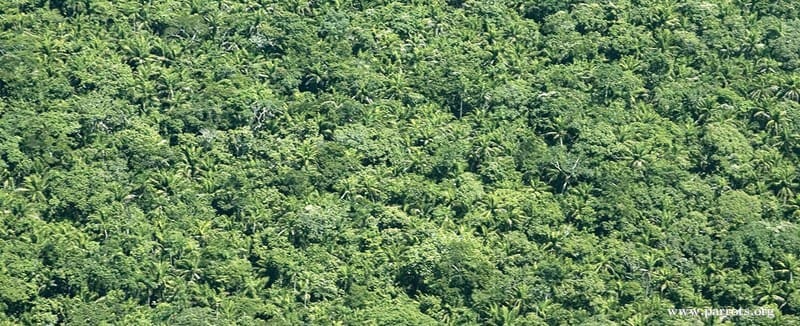Blue-throated Macaws: Habitat Restoration
Critically endangered Blue-throated Macaws (Ara glaucogularis) rely on intact forest with large palm trees with the foods they need to survive and cavities suitable for nesting. The macaws’ favoured trees are disappearing at a rapid rate.
Community collaborators and WPT partner Fundación CLB are protecting hundreds of thousands of hectares where the macaws are found – one such area is the Gran Mojos Municipal Protected Area, which at over 600,000 ha holds a portion of the known wild population and breeding pairs. Plans are underway to secure the Pampas del Yacuma Municipal Protected Area and other sites. The WPT has also supported brushfire prevention and mitigation training funded by Shared Earth Foundation to combat increasing fire activity in Bolivia.
Status: IUCN Critically Endangered / CITES Appendix I
Population: 312-455
Range: Occurs only in Llanos de Mojos in NC Bolivia, concentrated east of the upper Río Mamoré, Beni. A smaller population exists in the Municipal Protected Area of the Great Tectonic Lakes of Exaltación.
Natural history: This macaw ranges in a small area in the Beni department in NC Bolivia in flooded areas such as savannas, palm groves and tropical forest in wet lowlands up to 300 m (984 ft). Its diet includes fruit pulp and liquids of Motacú Attalea and Acrocomia palms. It will roost with other parrots, such as Blue-and-yellow and Red-and-green Macaws. Breeding is August- December; nest is in a tree cavity.

